Many newly reinforced walls at the North Tower and the Middle Tower - Khuong My Cham Tower Relic Site (Tam Xuan 1 Commune, Nui Thanh) have been heavily covered with moss and mold just 6 months after the conservation project ended. The relevant parties are urgently working to determine the cause and find a solution.
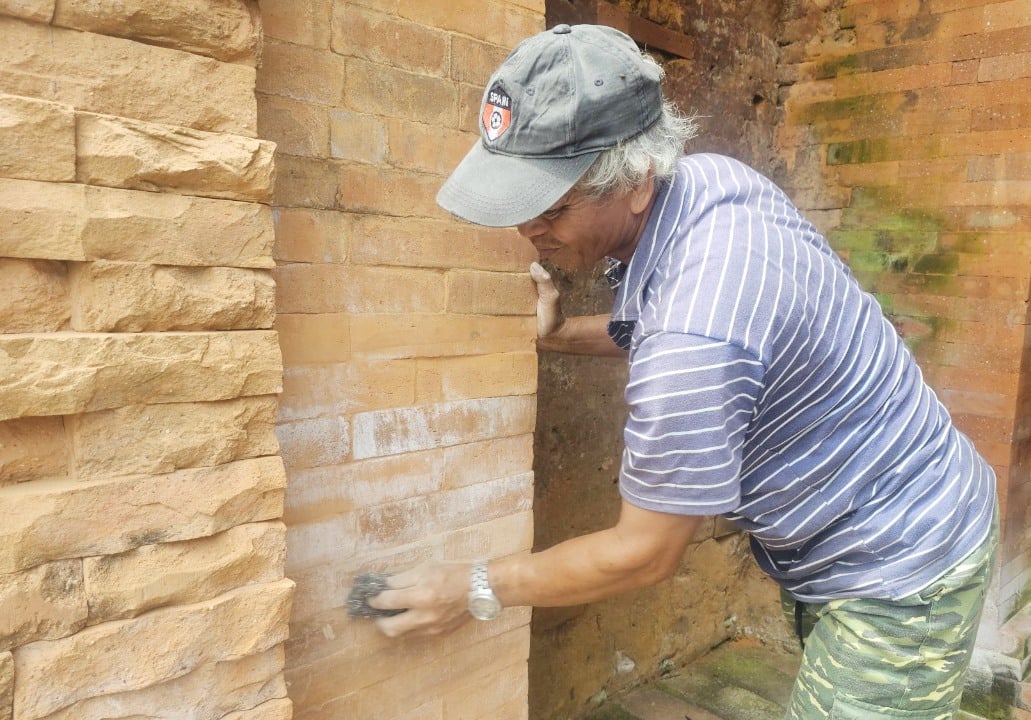
Wet tower floor
Deployed in October 2019, the project to preserve, renovate and restore the North and Middle towers with a total cost of 12.6 billion VND (construction cost of about 10 billion VND) implemented by the Institute of Science and Technology (Ministry of Construction) will be officially completed in December 2022.
As a result, the main entrance to the two towers has been completely reinforced, and many peeling and damaged walls have been repaired. However, less than half a year after the project ended, the bricks in many newly restored walls were covered with moss and white powder appeared on the surface, even spreading to the old walls of the towers.
Artist Nguyen Thuong Hy - who directly participated in the restoration project of the Khuong My tower group, affirmed that the appearance of moss on the bricks after restoration is normal. However, the reason for the appearance of moss at the Khuong My tower is also due to the underground water source at the foot of the tower because the water vapor escapes, leading to the growth of moss.
As for the white powder layer on the surface of the bricks, it cannot be confirmed that it is salt because normally, when the otter oil is applied (not yet dry), it will react with rainwater to form a white film on the surface of the bricks (Khuong My tower was restored with otter oil).
“I am only afraid that the bricks will crumble or come loose after the renovation, but the appearance of moss is normal. To limit moss at Khuong My tower, we need to try to reduce the humidity under the tower, and at the same time clean or use a blowtorch on the mossy areas so that the rough surface of the bricks will not be mossy,” said Mr. Hy.
According to Architect Dang Khanh Ngoc - Director of the Institute for Monument Conservation (Ministry of Culture, Sports and Tourism), although it is not yet possible to confirm what the white powder layer appearing on the surface of the bricks of Khuong My tower is (needs to be analyzed), it is most likely salt. In addition, the location of the tower near the sea, which is affected by salt vapor, is also a cause that needs to be taken into account.
“In addition to the moisture from the soil seeping back up into the brick wall, the moisture from rainwater seeping down from the roof and accumulating inside the brick wall also creates a white powder phenomenon, because when it escapes to the wall surface, the water evaporates and the white powder remains.
In the composition of white powder, there is salt produced by minerals reacting with water. However, the composition and salt content need to be analyzed to be accurately assessed" - Architect Dang Khanh Ngoc explained.
It is known that this phenomenon does not only appear in Khuong My but also in almost every newly renovated building, including the temples and towers in My Son. The problem is just a matter of how much or how little, the duration of occurrence is different (depending on the actual location, each tower), the main cause is water seepage, humidity from the inside... Particularly in Khuong My, an easily seen feature is that the ground is quite humid and the brick walls are thick, so there is no way to prevent moisture and water vapor from the ground from escaping.
Architect Dang Khanh Ngoc also said that he had visited Khuong My many times, including accompanying Italian experts to survey, collect samples of bricks, lime, salt, etc. for analysis and found that the moisture and humidity inside Khuong My tower were quite high and the bricks were heavily corroded.
Not to be underestimated
The Khuong My Cham Tower Group has 3 structures located next to each other along the north-south axis. In addition to the North and Middle Towers, which have been restored and are showing signs of mold, the South Tower is in a serious condition as most of the walls inside the tower are damp. At the end of 2021, the Provincial People's Committee approved a budget of nearly 6 billion VND to renovate the South Tower, but due to some procedural issues, the renovation has not yet been carried out.
More than 10 years ago, experts from Japan also conducted research on the dampness phenomenon at Khuong My tower, and at the same time concluded that there was an underground water source at the foot of Khuong My tower.
Next, the Quang Nam Monuments and Landscapes Management Center also coordinated with the Clean Water Center and the provincial irrigation consulting center to conduct exploratory drilling to clarify the cause. As a result, when drilling to a depth of 4 - 6m on sandy clay soil, an underground water source was discovered running through the tower base.
Immediately after identifying the main cause of water seepage in the tower cluster, in 2012 a groundwater treatment project was also implemented to reduce the shallow groundwater level flowing through these three Cham structures.
According to Architect Dang Khanh Ngoc, any type of brick will develop moss and white powder on the surface, so it requires a thorough restoration solution and strict management from the beginning. Specifically, the materials involved in the construction of the Cham tower must be thoroughly controlled and treated, from bricks, brick-making soil, brick-firing temperature to lime used in mortar...
The phenomenon of moss, mold, and salt on the surface after the restoration at Khuong My tower cannot be said to be normal. The long-term consequence is that it can destroy the brick surface and cause the bricks to crumble.
Normally, to restore Cham towers, in addition to actively controlling the brick materials, adhesives, and lime used in mortar, it is necessary to find a solution to handle them from the preparation of restoration materials, eliminating factors that may arise such as moss, algae, fungi, microorganisms, salt, etc. Especially, there is a solution to preserve and periodically maintain after restoration, preventing the emergence of agents.
Architect Dang Khanh Ngoc said that the institute is currently researching and developing an effective combination of preservation solutions to treat three types of damage (anti-moss, anti-salt or surface preservation) occurring on restored bricks.
In recent days, the Institute of Science and Technology has also surveyed and collected samples of newly restored bricks and original bricks at Khuong My Tower for analysis. However, the representative of this unit refused to explain the cause of the mold and the solution to fix it, only committing to publicly announce the results of the analysis of the brick samples.
Mr. Nguyen Cong Thanh - Deputy Director of the Provincial Construction Investment Project Management Board said that the project to restore the North and Middle towers was accepted in December 2022 and is still under a 1-year warranty period. Therefore, any problems arising after the restoration will be handled and announced by the construction unit based on specific scientific research.
Source








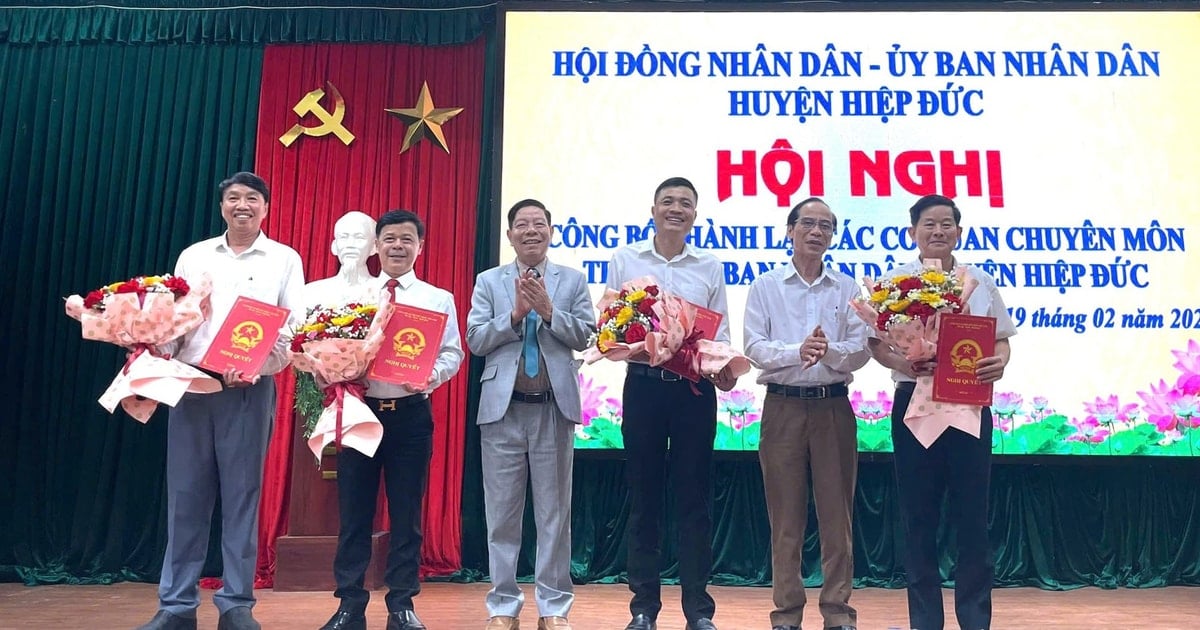

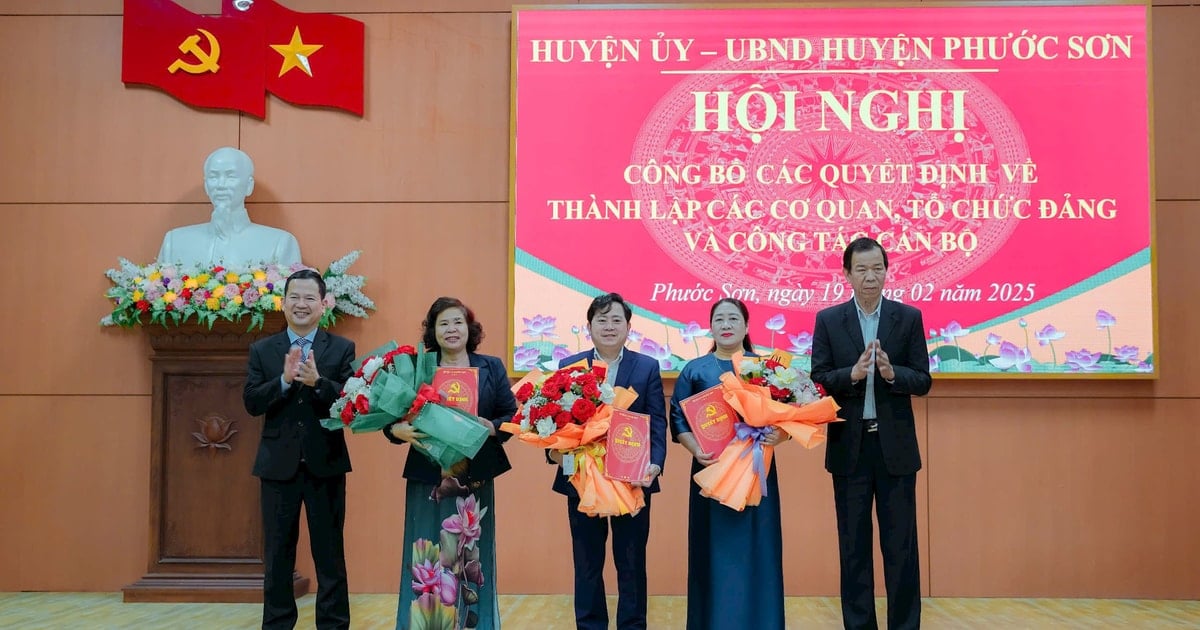
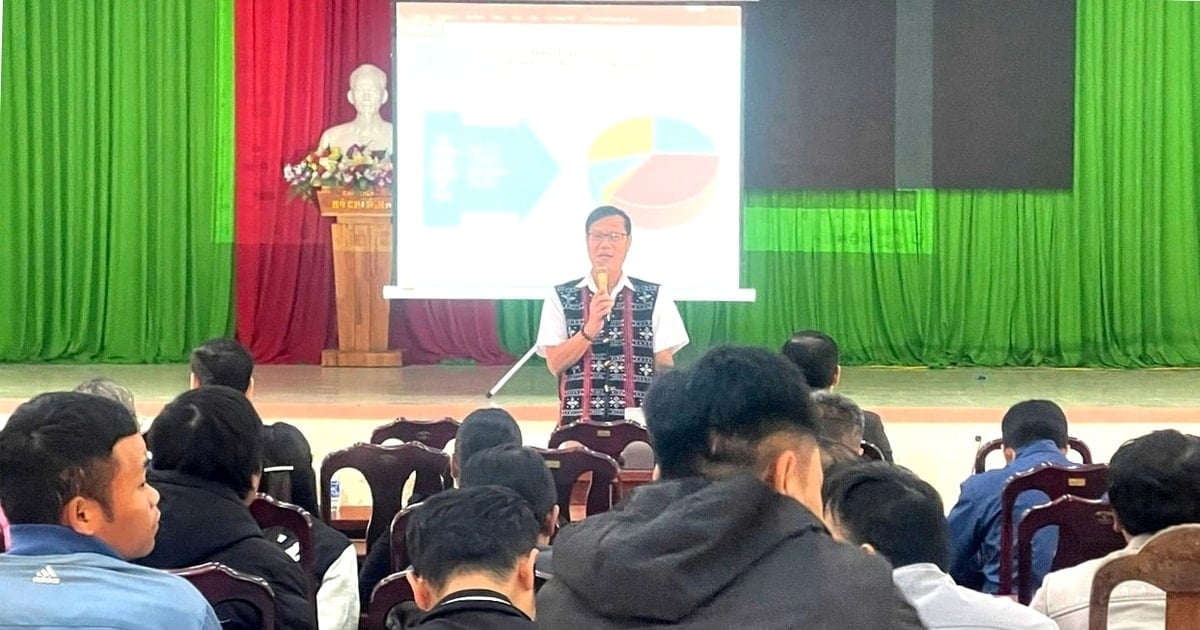
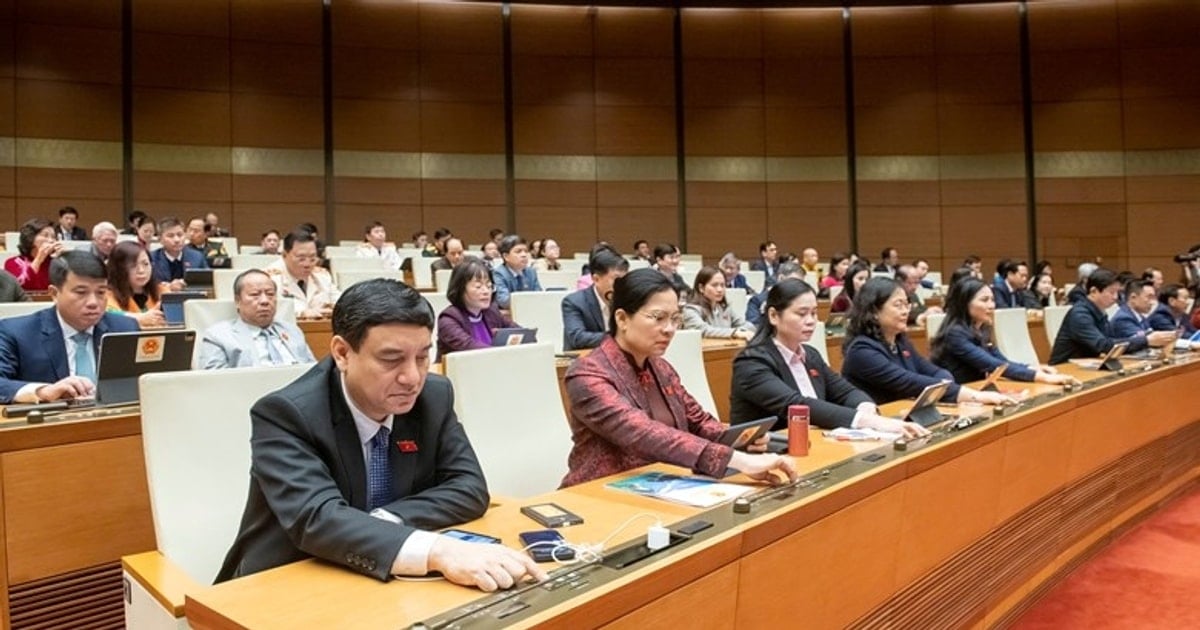
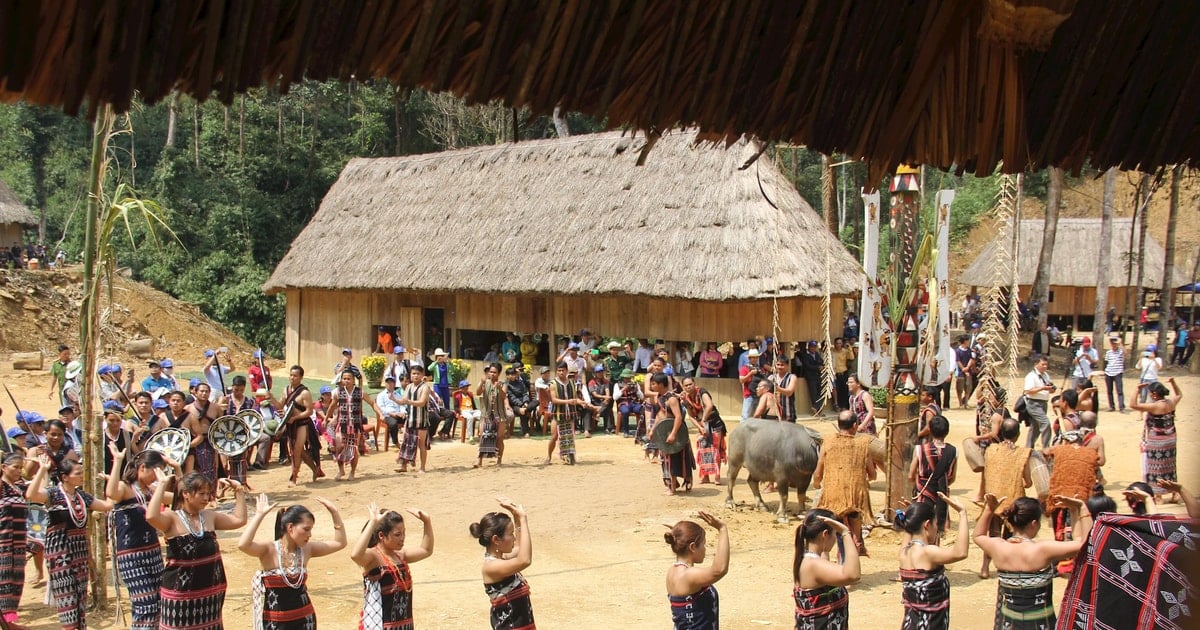
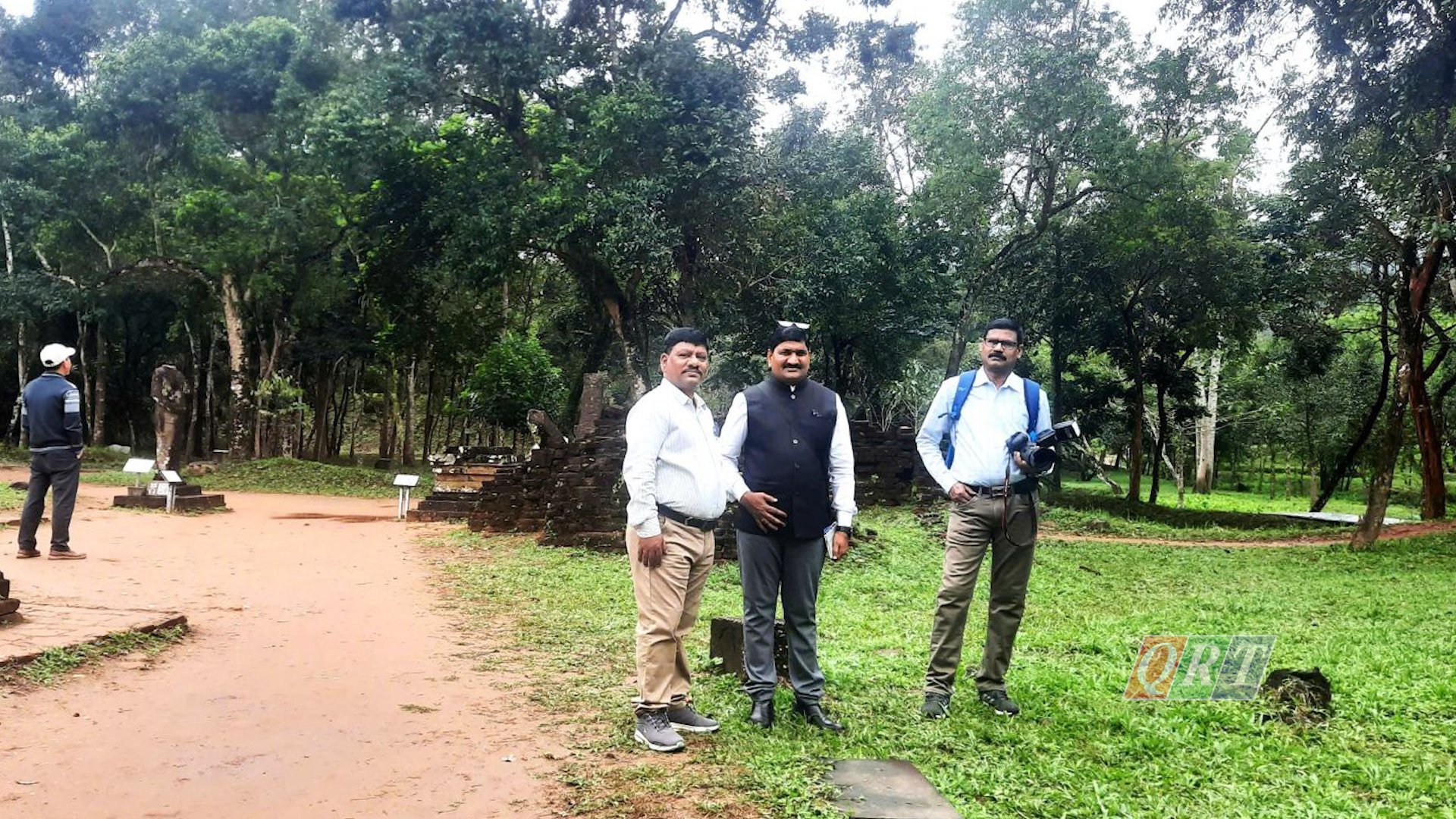
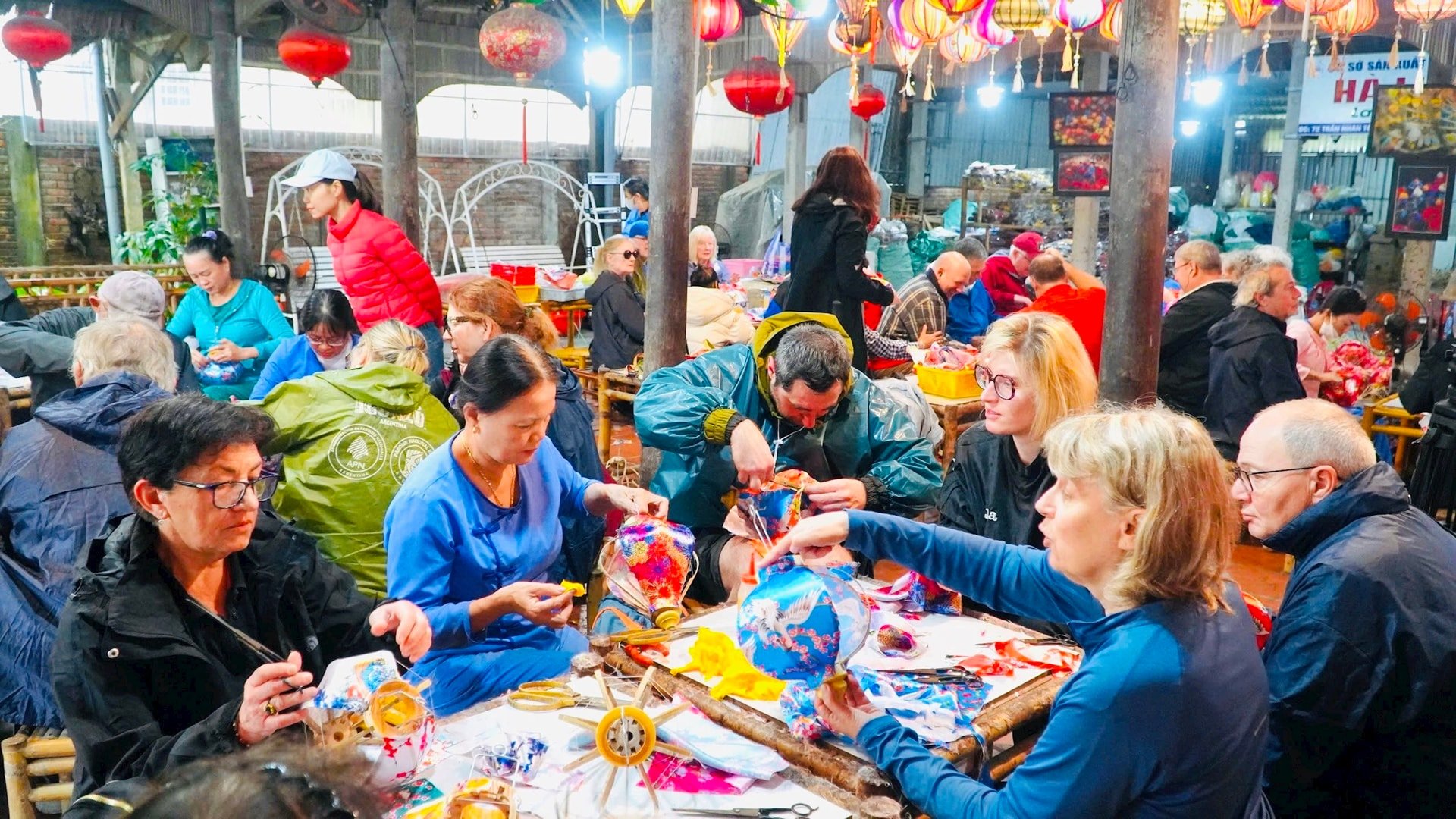
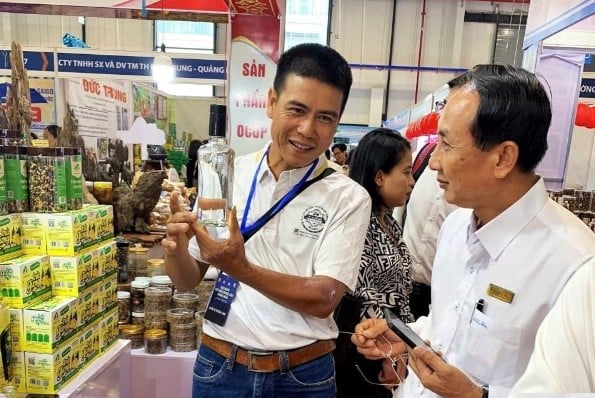
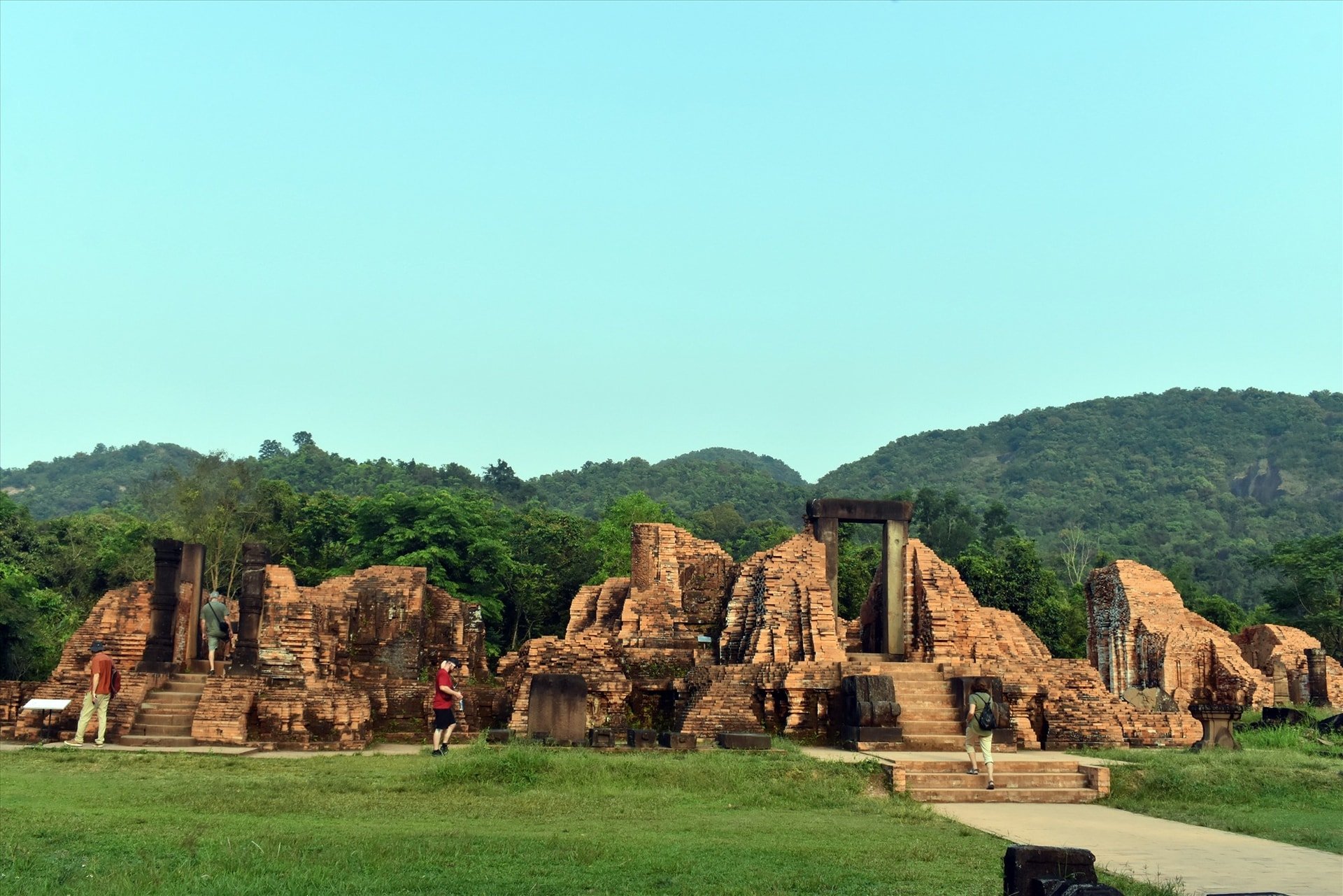
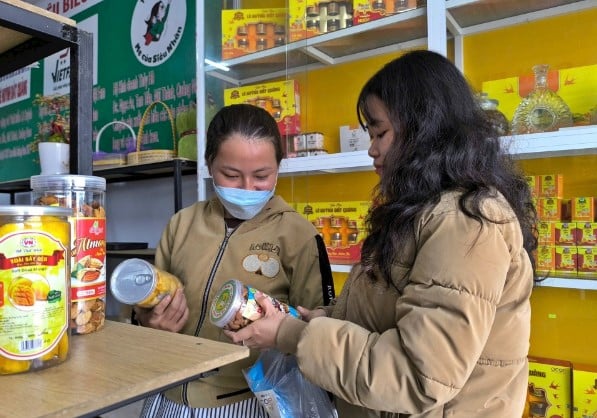
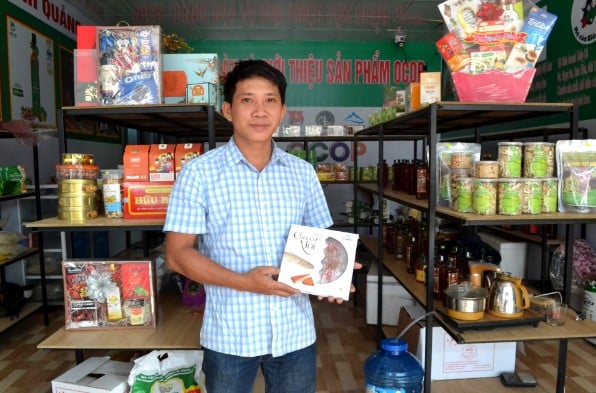
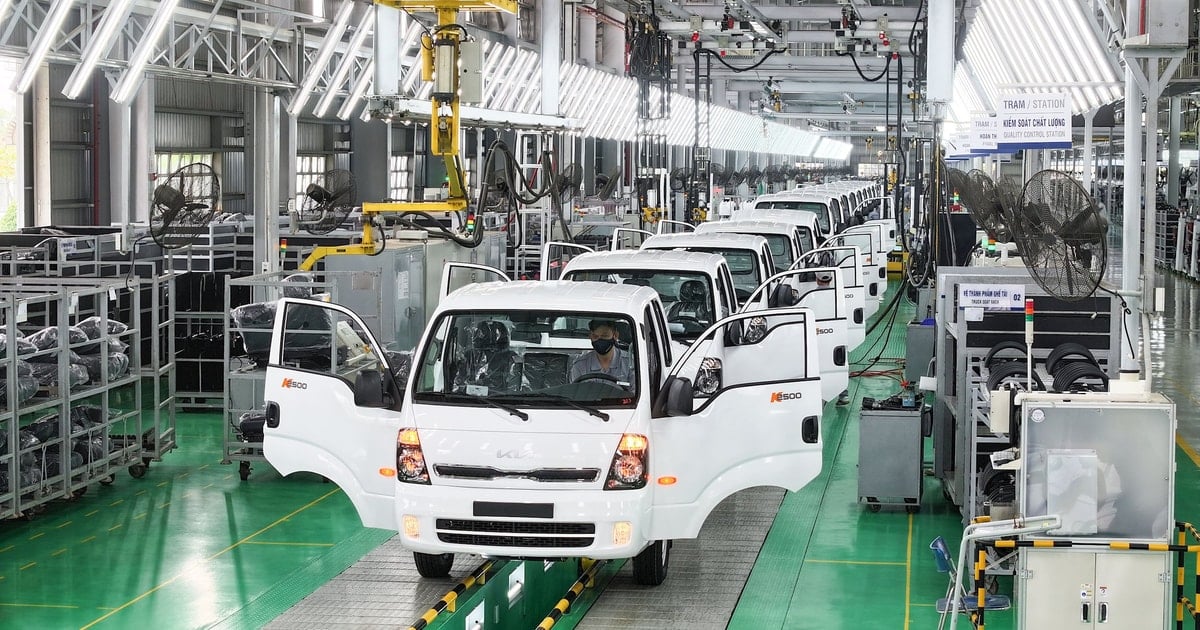
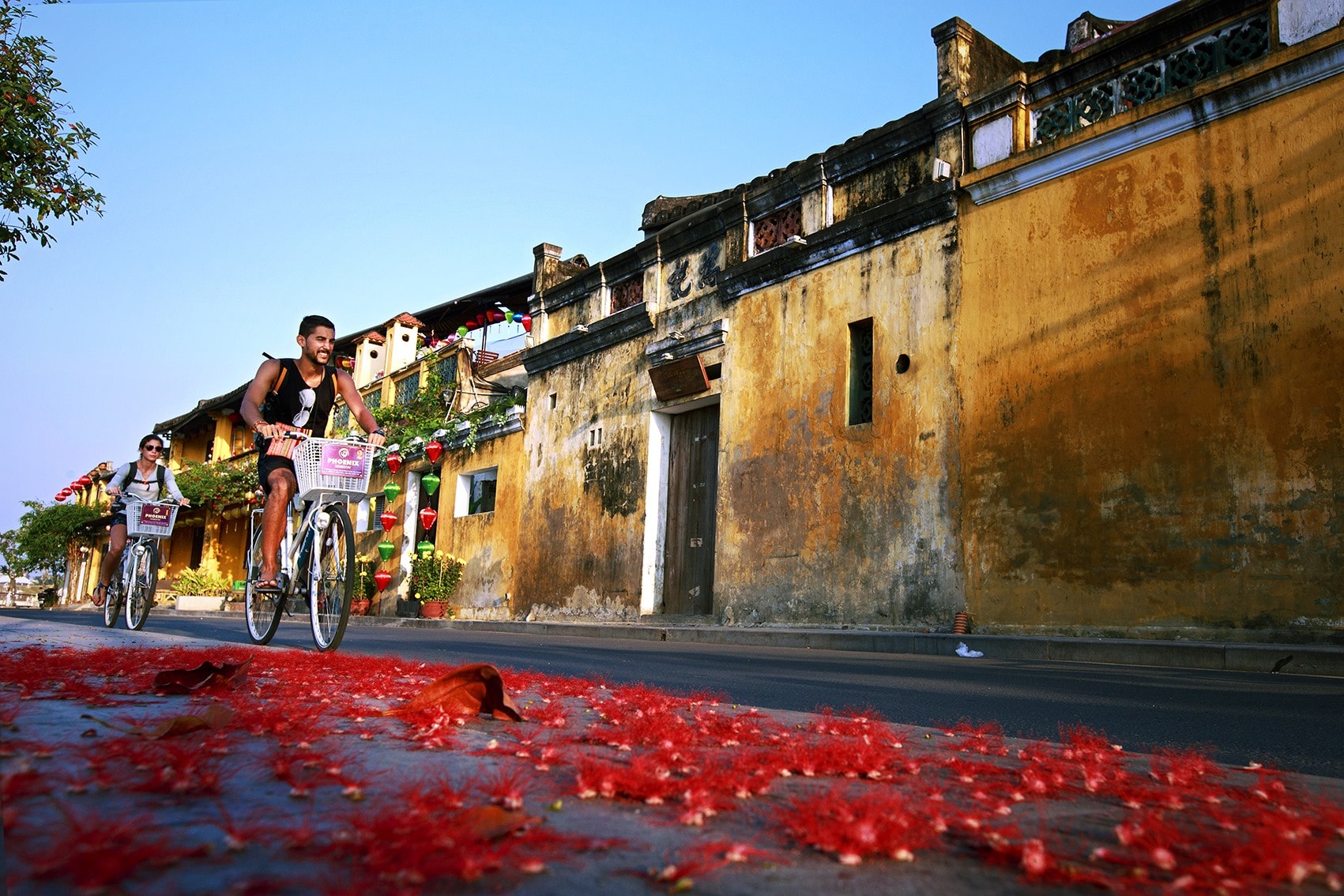
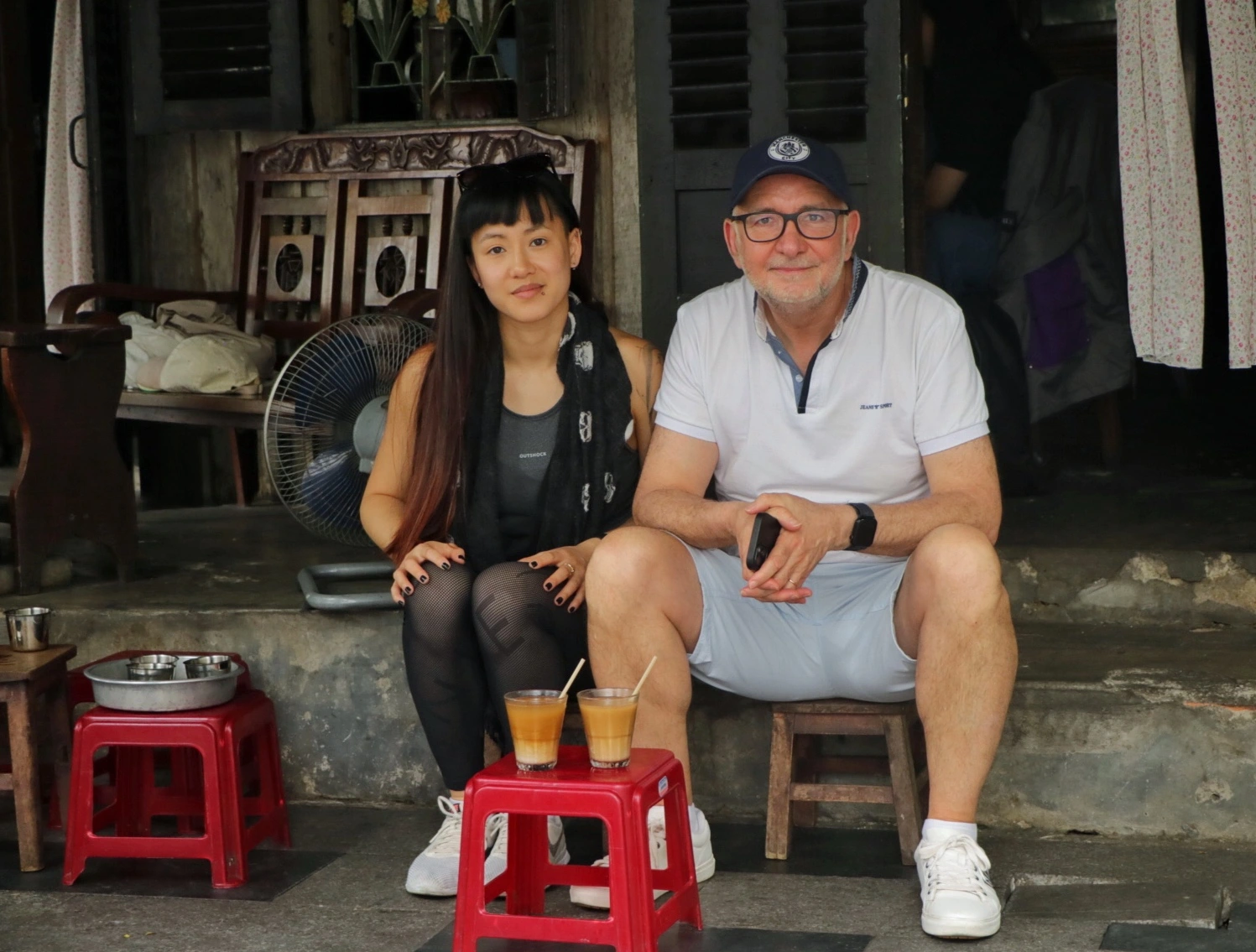

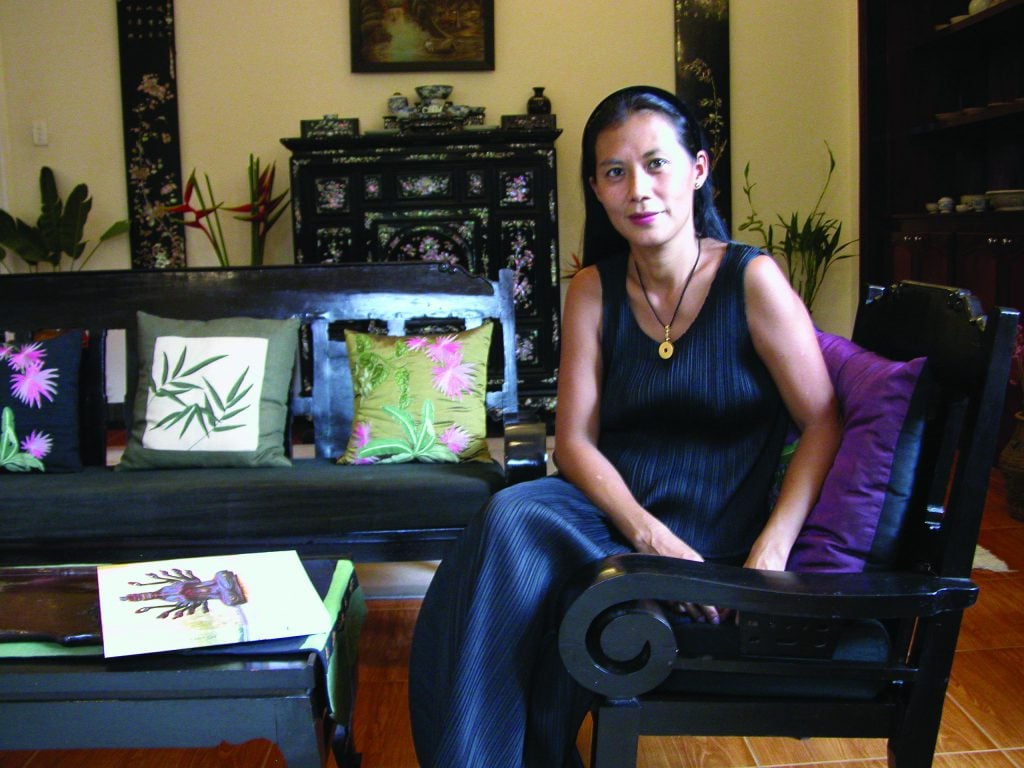



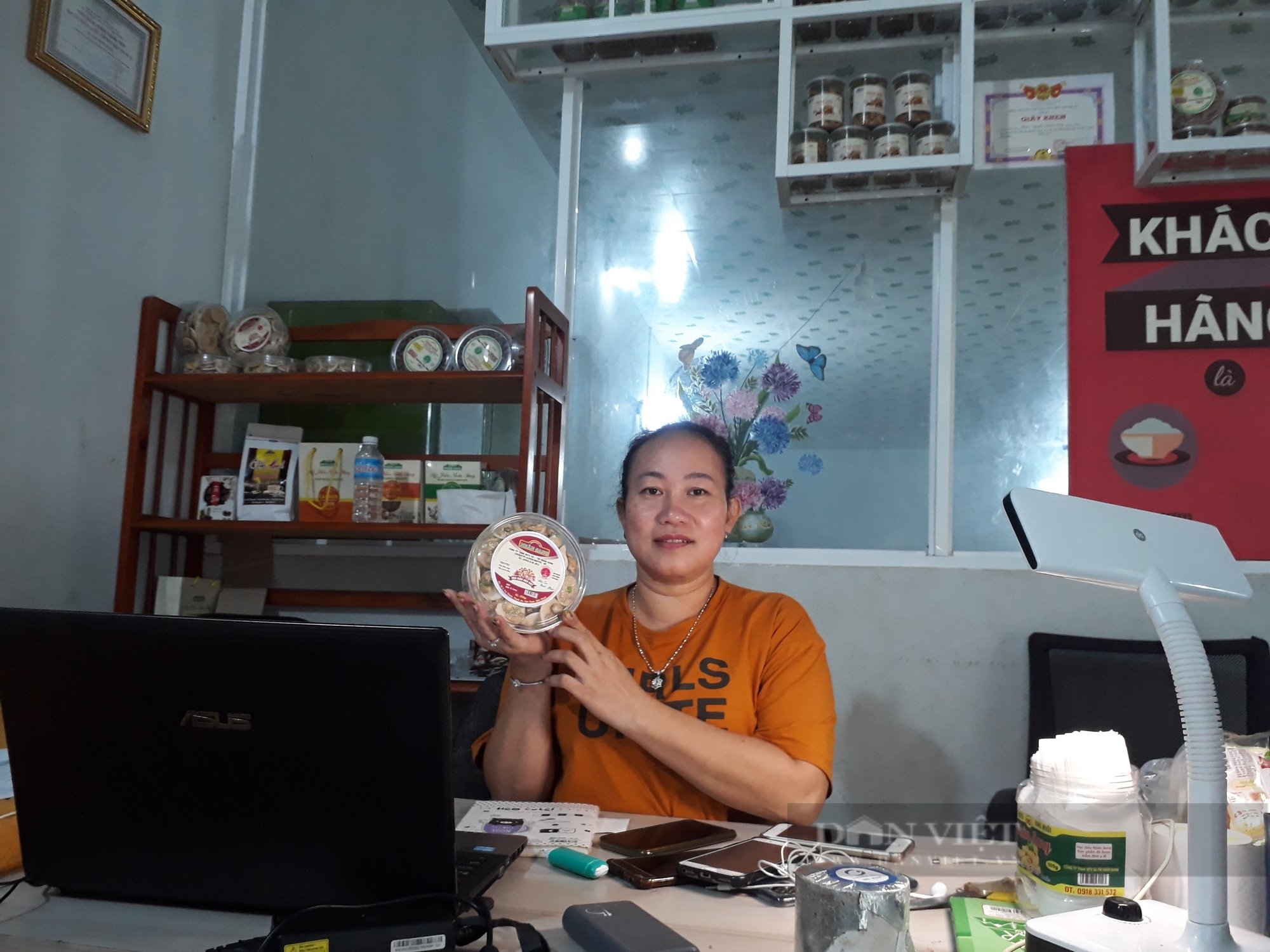


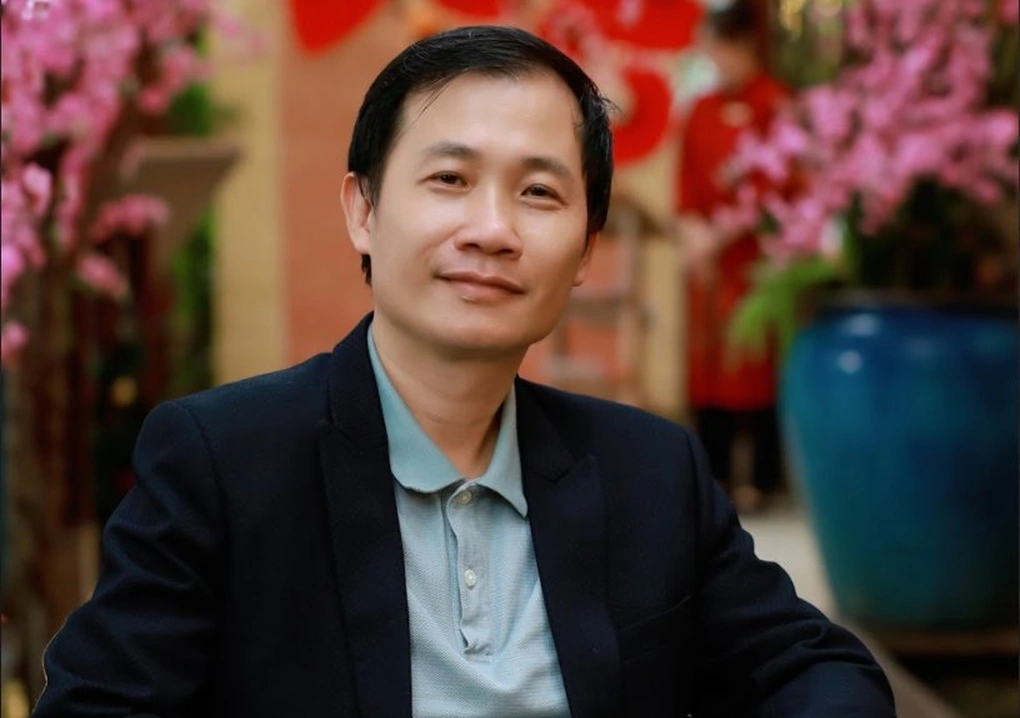


Comment (0)